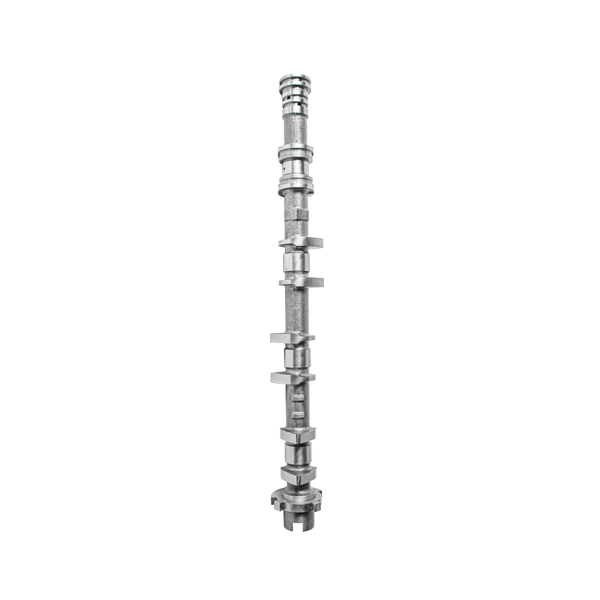There are several options available for upgrading your […]
There are several options available for upgrading your car's performance: a camshaft with 120 degrees of crankshaft angle, a balancing shaft, or a 'freevalve' system. These options can dramatically increase the power of your vehicle. Read on to discover which ones are right for your car. You'll be surprised at how many options are available! And be sure to check out our comprehensive list of the top brands and features for your next upgrade.
Engines with a crankshaft angle of 120 degrees
For cars, engines with a 120 degree vee angle are a significant advance over traditional V6 designs. Developed independently by Toyota and Subaru, this approach has numerous merits. It can help reduce the overall crankshaft length, as opposing cylinders can share the same crank pin. Shorter crankshafts are stronger and can save kilograms in weight. This method is particularly beneficial for passenger car engines, which spend the majority of their time idling.
Historically, engines with a crankshaft angle of 120 degree have been used for racing applications. These cars have been designed with a split-pin crankshaft to counter the V angle. However, in more modern cars, engines with this crankshaft angle require a pressure device to reverse the crankshaft back to region I. In modern engines, these types are common in small cars.
Engines with performance camshafts
The Radial Motion three-cylinder compact radial engine is a four-stroke gas engine with a 120deg radial configuration. This engine has two valves and a common journal crankshaft, and delivers both performance and reliability. The engine also features a gear-driven triple camshaft. The resulting combination of components enables the engine to achieve high cylinder pressures and maximize power. This engine is well suited for turbocharging.
A performance camshaft will increase the duration and timing of valve openings during an engine's stroke, resulting in increased horsepower and acceleration. However, these cams are not for everyone, and may make your engine's idle rough and create a throaty rumble. Because of this, they are expensive, but they are also compatible with headers, exhaust upgrades, and other performance upgrades.
Engines with a balancing shaft
A balancing shaft is a mechanical device attached to a three-cylinder engine. It helps to minimize vibrations and force transmission, particularly when the engine is in motion. It is typically located at the crankshaft's 120-degree angle, and counterbalances unbalanced inertia forces. A three-cylinder engine with a balancer shaft is common in cars and trucks, including some Volkswagen brands.
Without the balancing shaft, a three-cylinder engine would rock end-to-end during each revolution. A balance shaft will have an offset weight at one end and a counterweight at the other end of the crankshaft. This offset weight motion will help balance out the rocking couple of pistons. The torque produced by this motion will also balance the engine.
Engines with a 'freevalve' system
A 'freevalve' system is a type of Custom V6 camshaft variable valve timing (VVT) system that helps an engine to produce maximum power at a minimum fuel consumption. The valves open and close immediately, thus optimising the fuel-air mixture. Its design also makes it significantly lighter than a standard overhead camshaft engine, as it does not require any additional components.
The Koenigsegg engine features the world's first 'Freevalve' system, which enables infinitely variable valve timing. This gives the driver total control of the air intake, transforming a simple engine into an incredible powerplant. The company claims that no other variable valve actuation system has this level of control. The company also uses a sequential turbo setup, which enables it to produce an even more powerful engine.
Future of the three-cylinder engine
In recent years, more manufacturers have started using three-cylinder engines. Their compact and lightweight nature makes them an ideal fit for many different platforms, and one less cylinder means lower friction and reduced loss. Because of the smaller displacement, they also deliver high economy figures. In fact, some companies have chosen this engine type over the more expensive four-cylinder counterpart. But is the future bleak for three-cylinder engines?
The future of the three-cylinder naturally aspirated car engine is not yet clear, but it may not be long. While the I4 is still the most popular engine in the world, the three-cylinder is often the choice of lower-spec models. And even if it doesn't reach the production level of an I4, the manufacturing costs of three-cylinder engines are much lower than that of the I4. In the next few years, these small cars could see a renaissance, and be the 'first cars' of the future.
Zhejiang Junrong Auto Parts Co., Ltd.